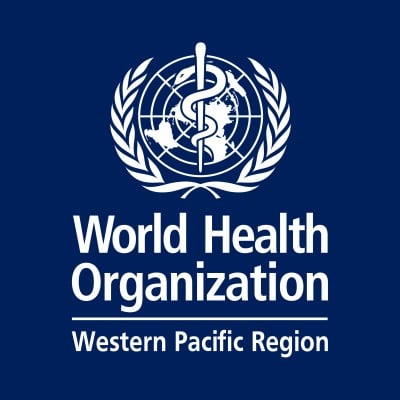
Drug Intervention Institute Inc.
The mission of the Drug Intervention Institute is to reduce opioid and drug-related deaths by (a) preventing substance use through education (b) reducing overdose through training and distribution related to naloxone and other opioid reversal agents, and, (c) supporting harm reduction and other drug-response efforts. To fulfill its mission, WV DII is carrying out activities under three objectives – education, collaboration, and prevention. The West Virginia Drug Intervention Institute (WV DII) began in May 2019, after nine months of study and deliberation regarding the best ways to reduce opioid drug deaths in West Virginia. Funding was promised by the Winston-Salem Foundation from a donor-advised fund established by BB&T (now Truist). The founding members of the board interviewed people involved in and concerned about substance abuse, researched response activities elsewhere, identified possible response gaps, developed the Institute concept, and conducted the search for a president. WV DII is an independent 501(C)(3) entity. In addition, the partnership with an academic institution positions the WV DII with the unique ability to conduct research and analysis of program outcomes.






